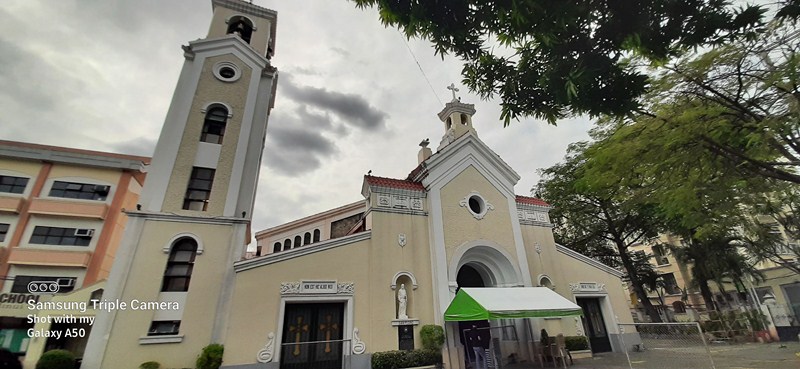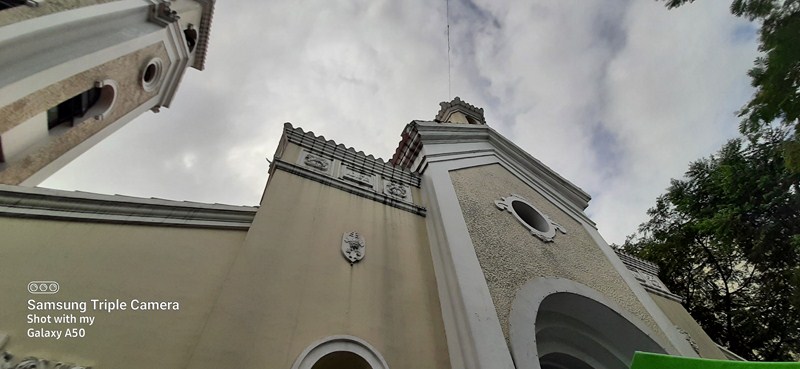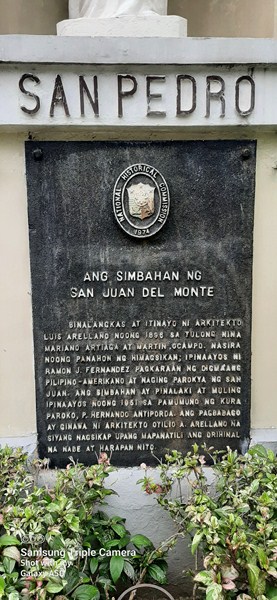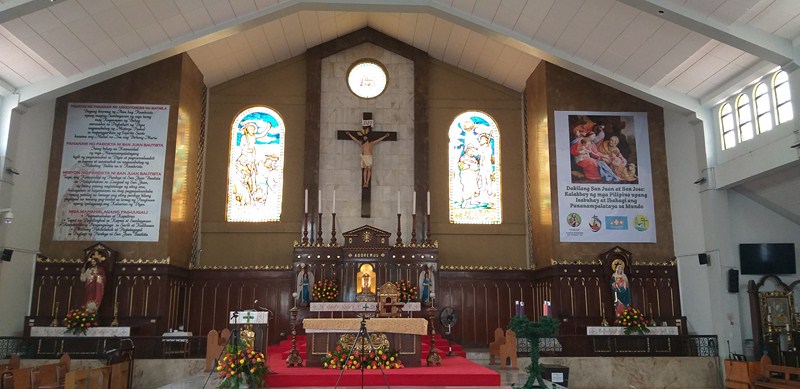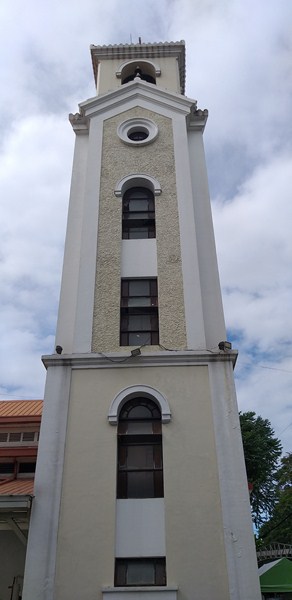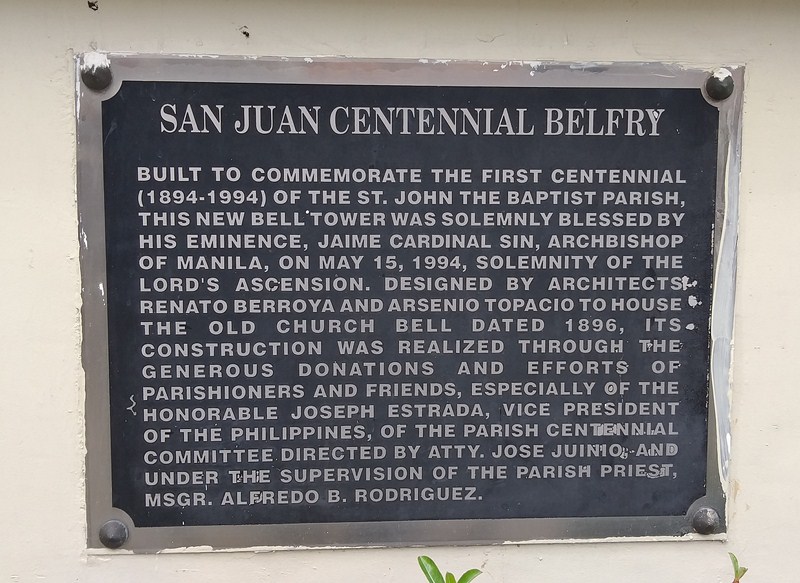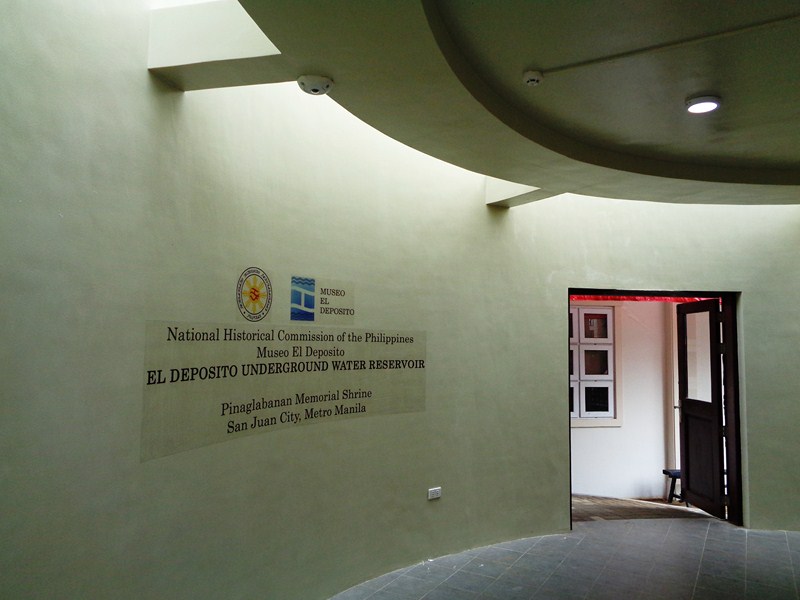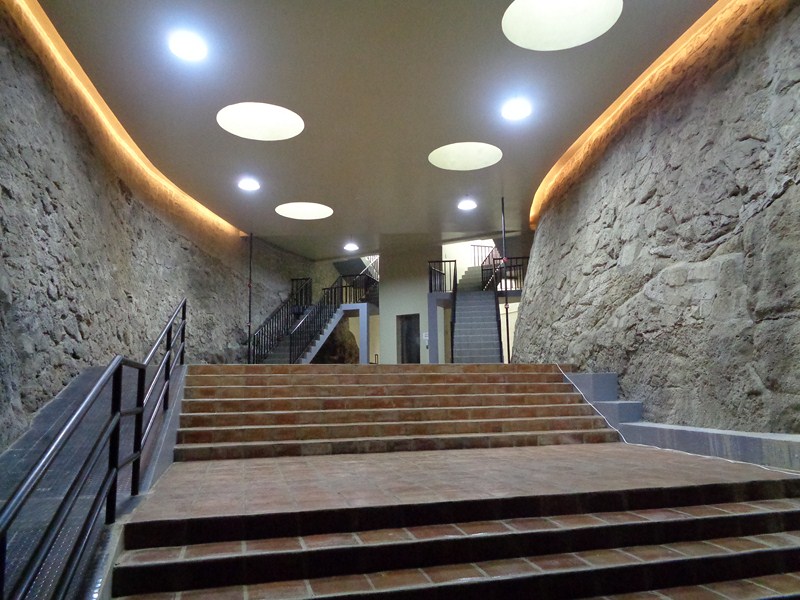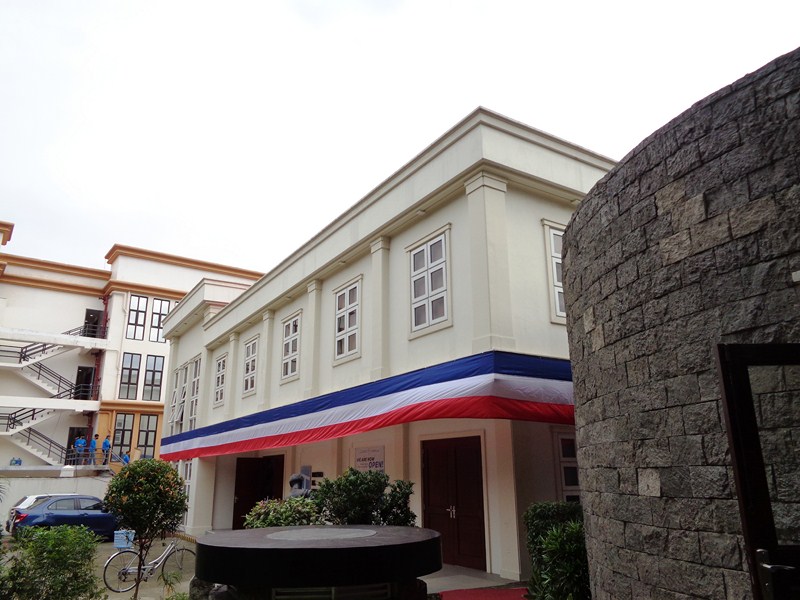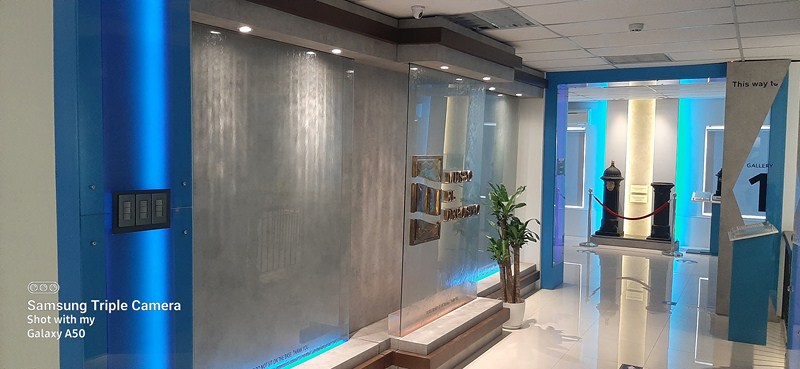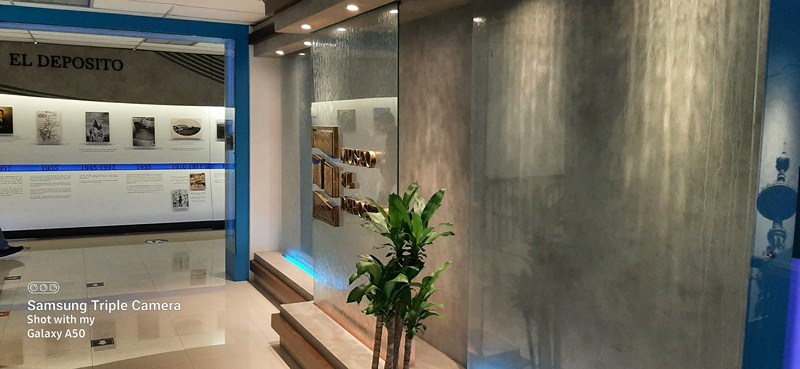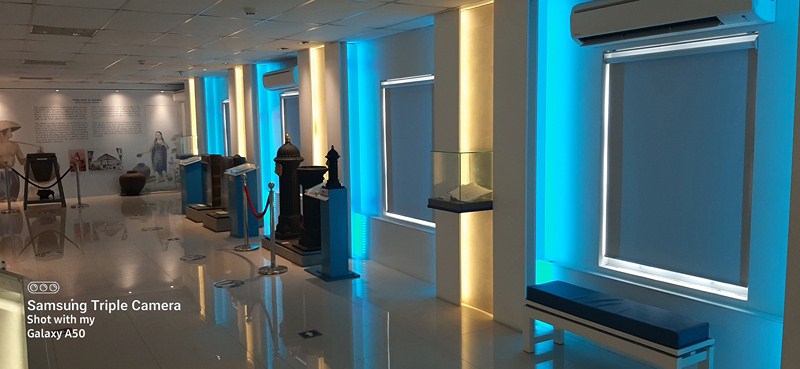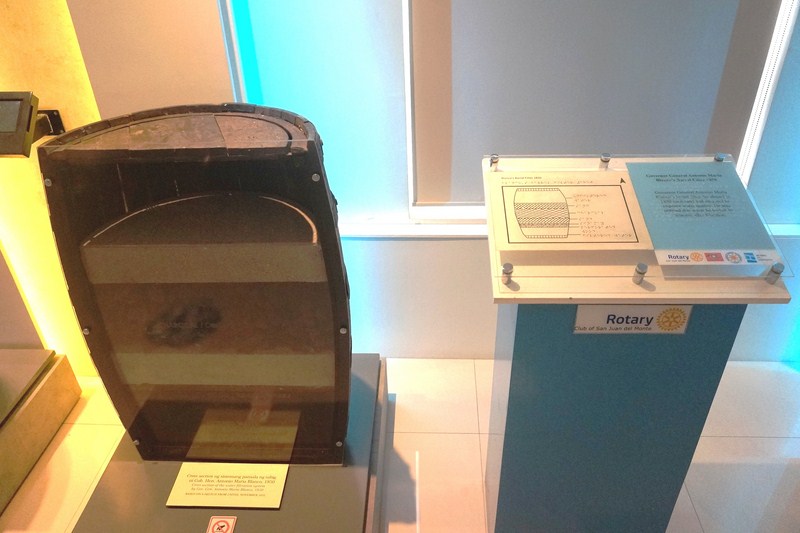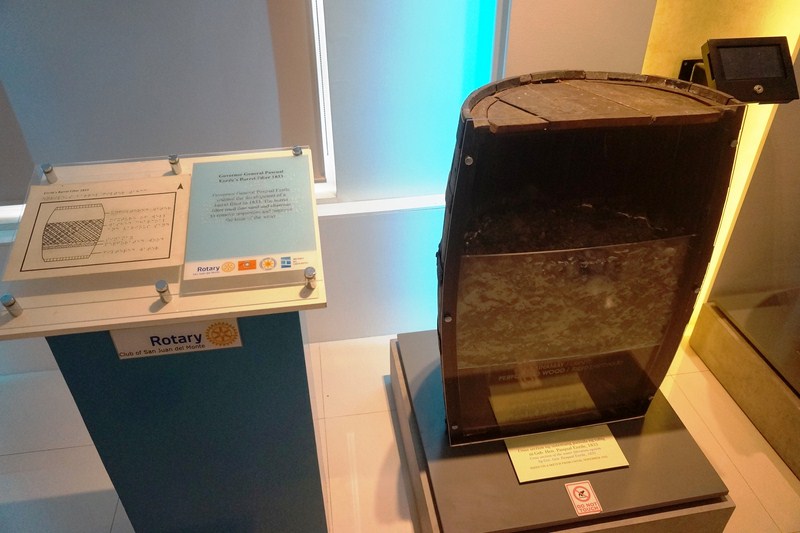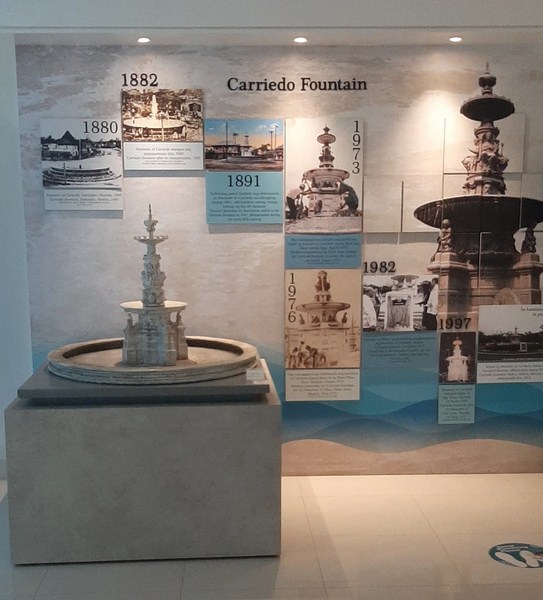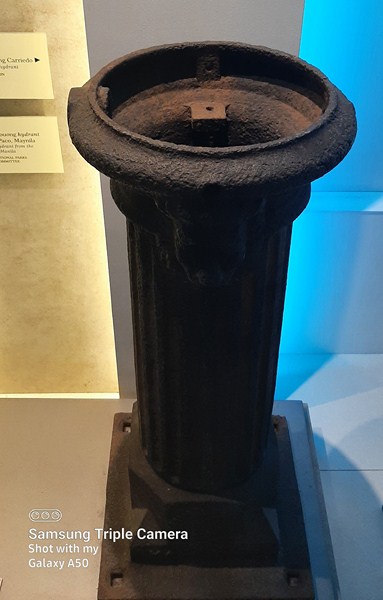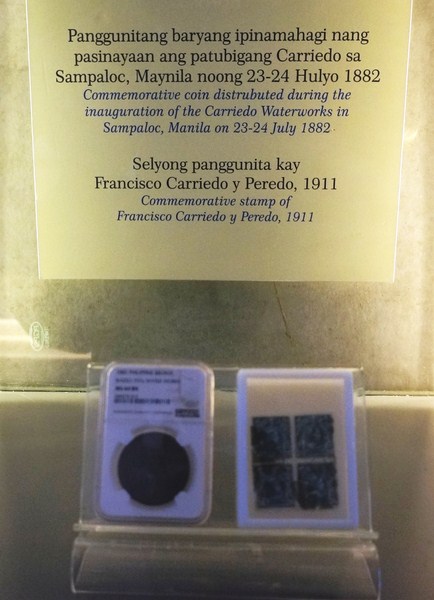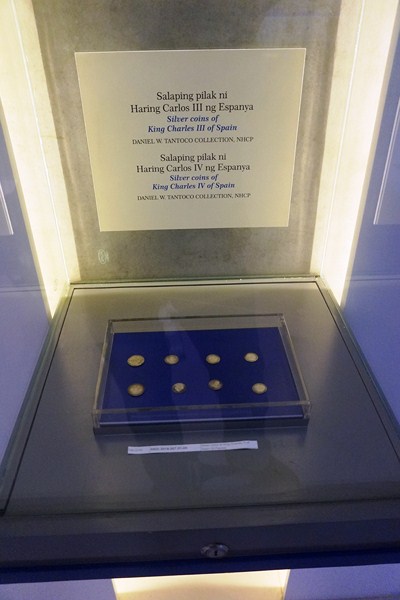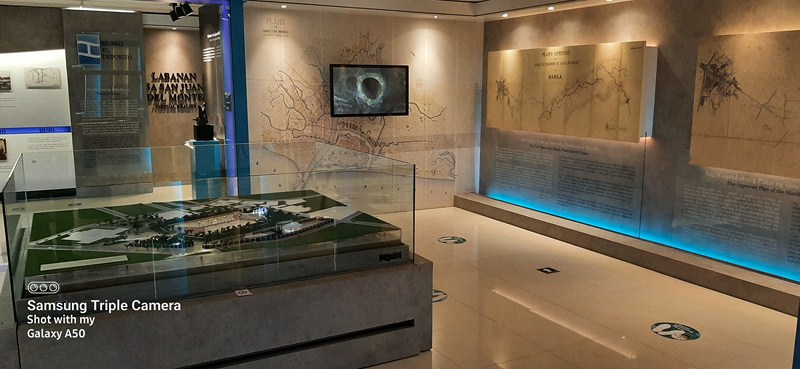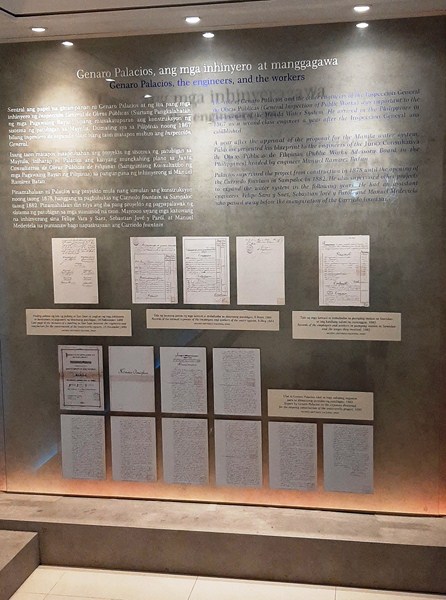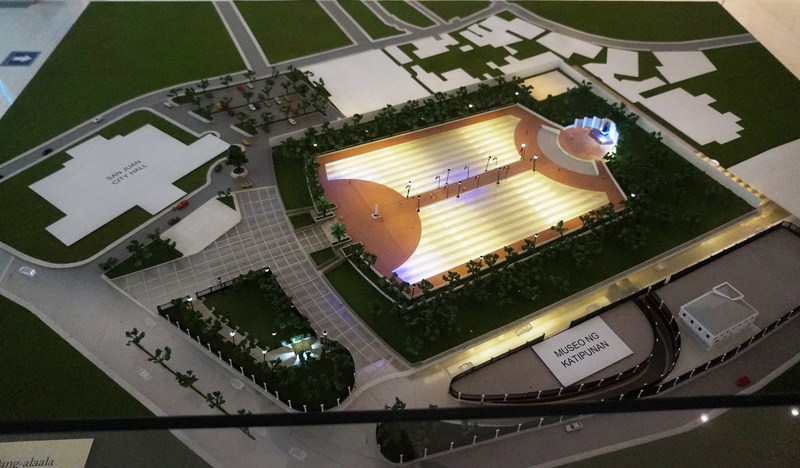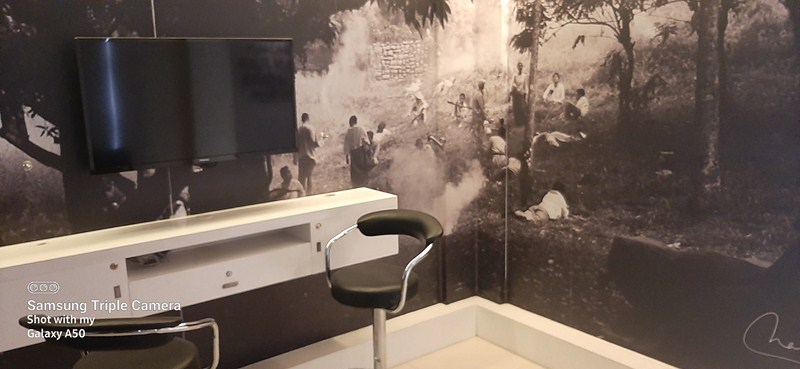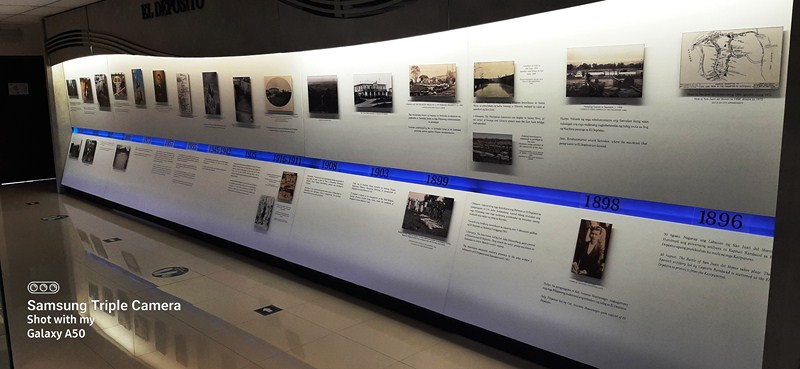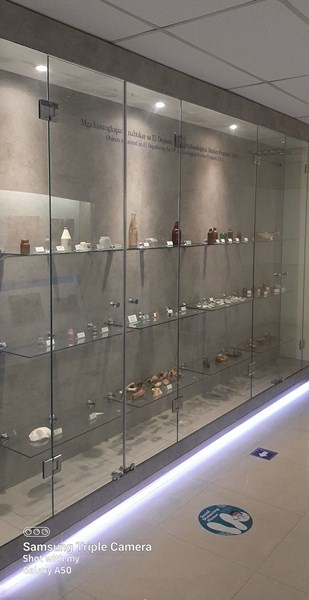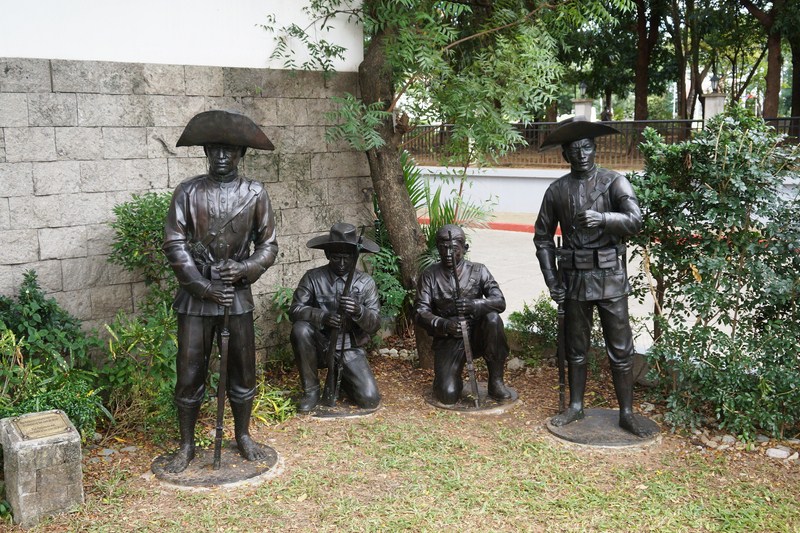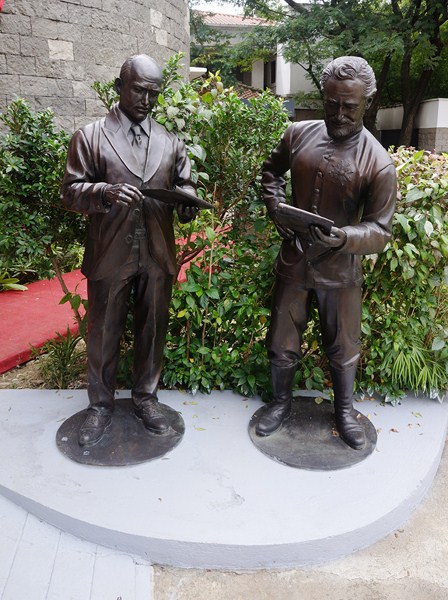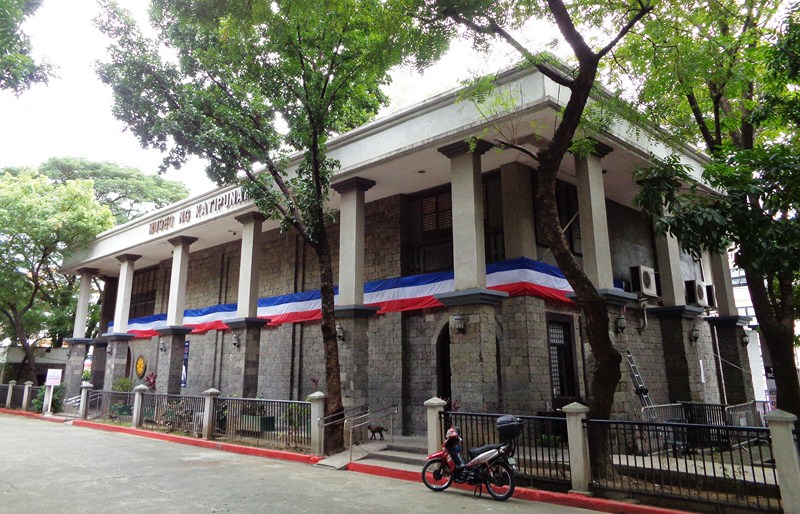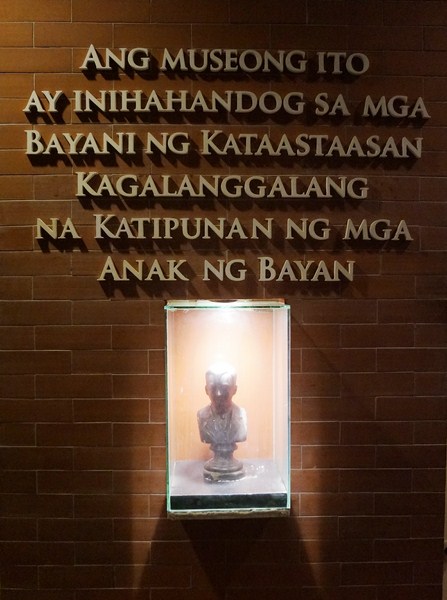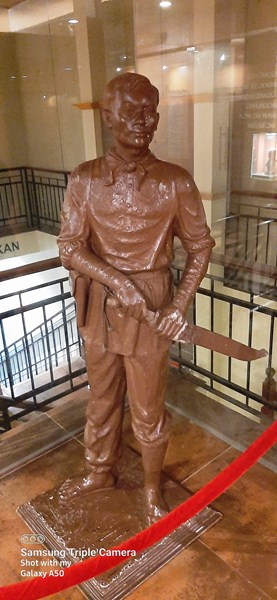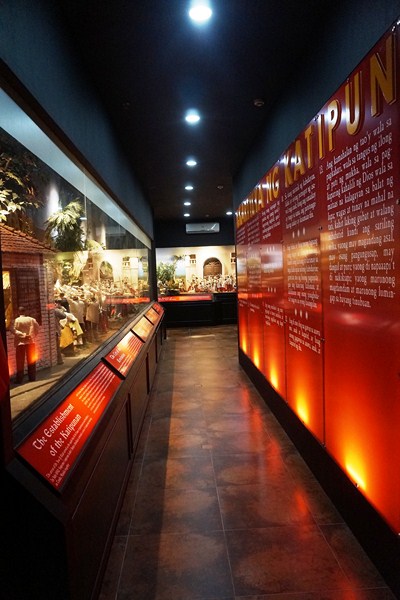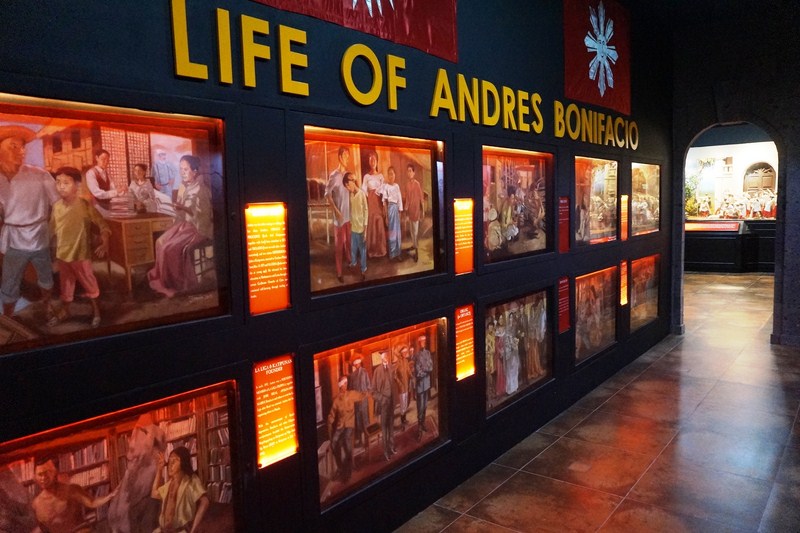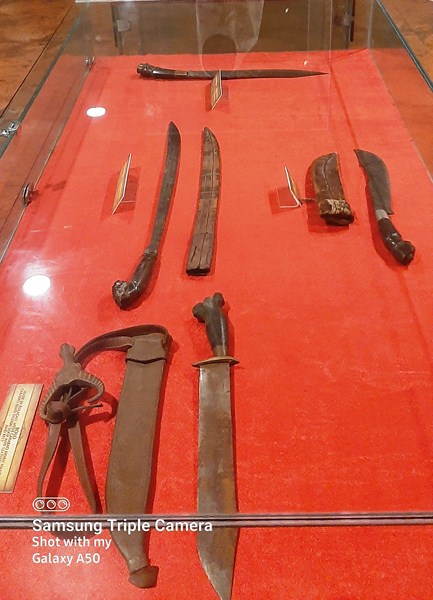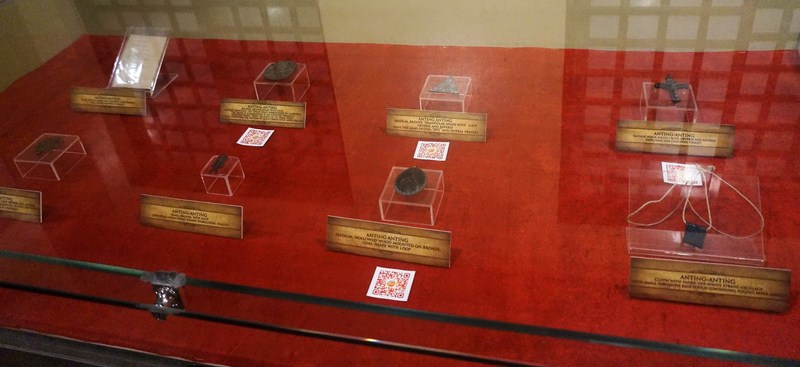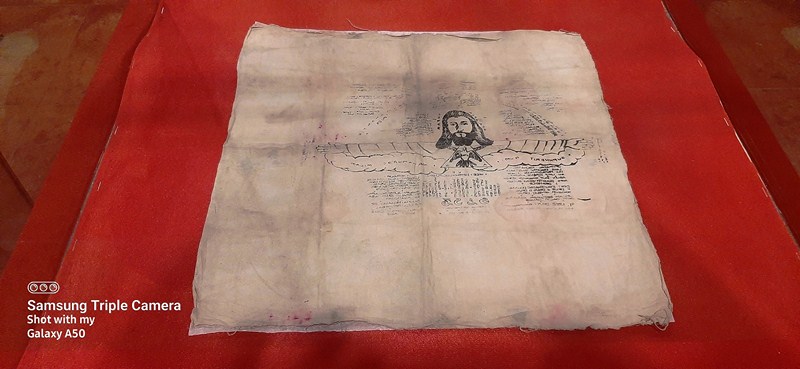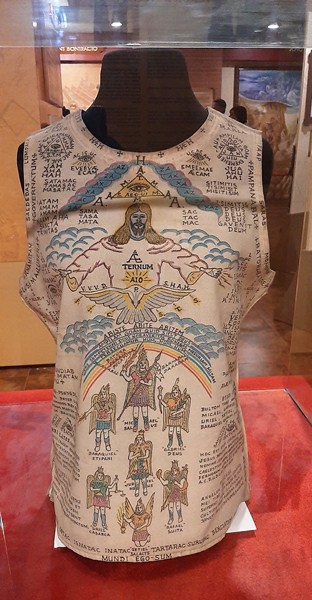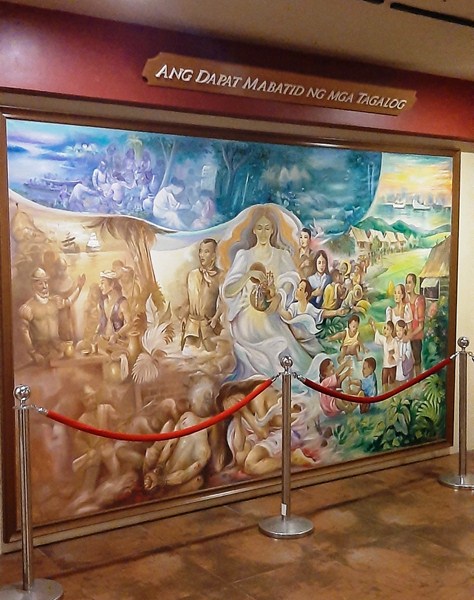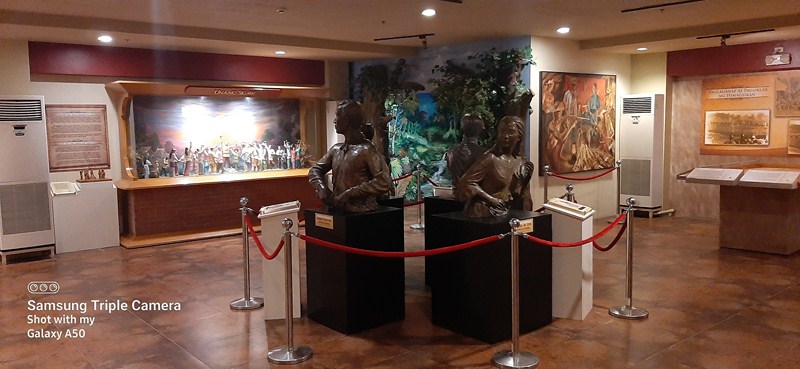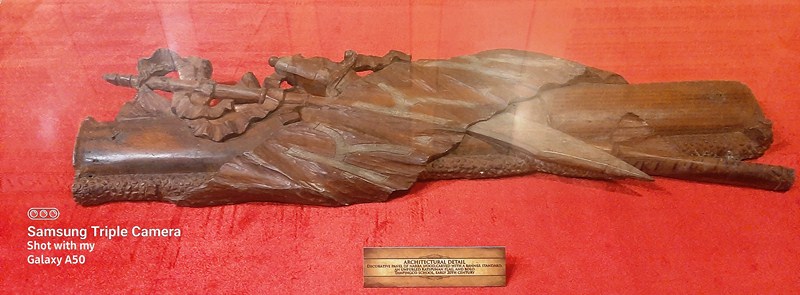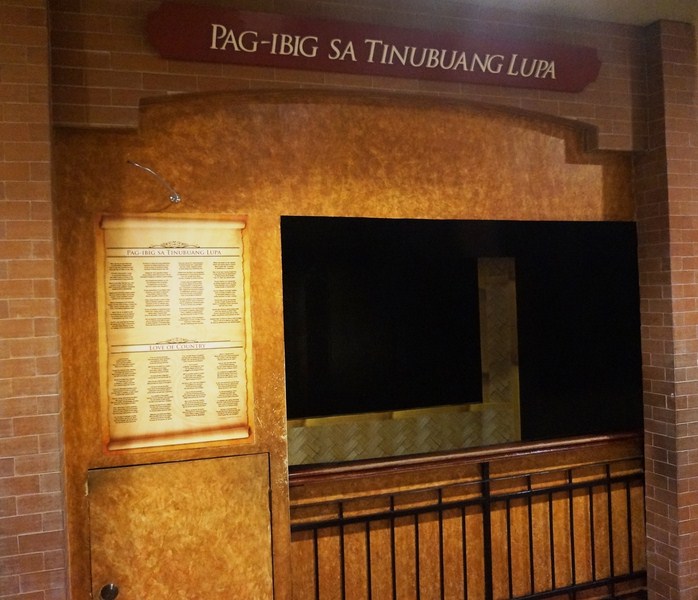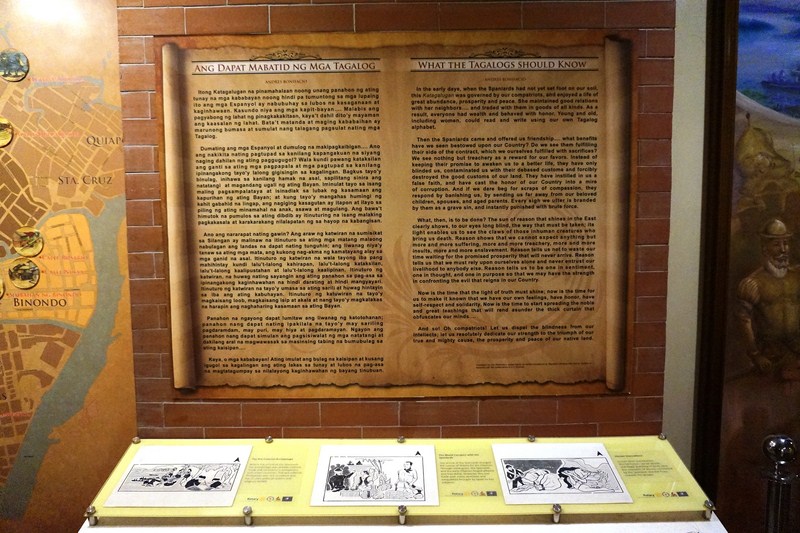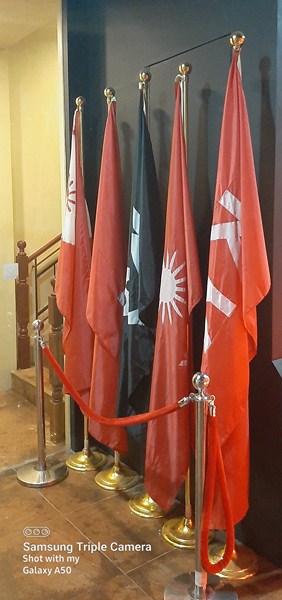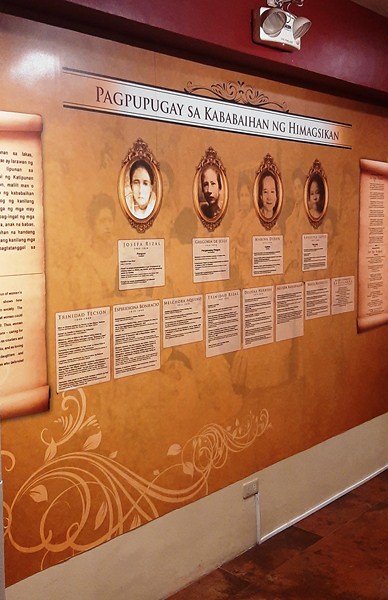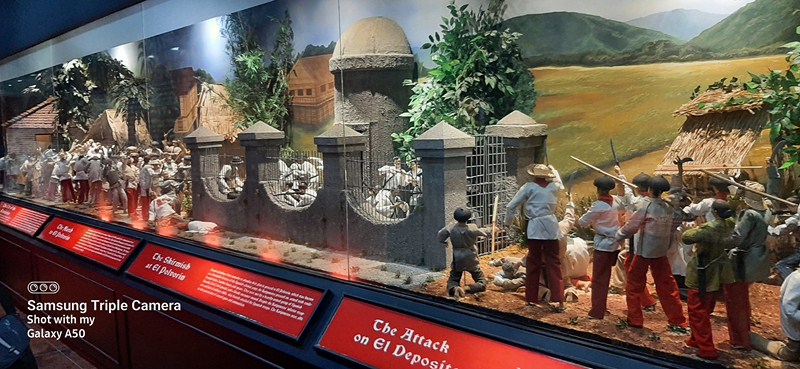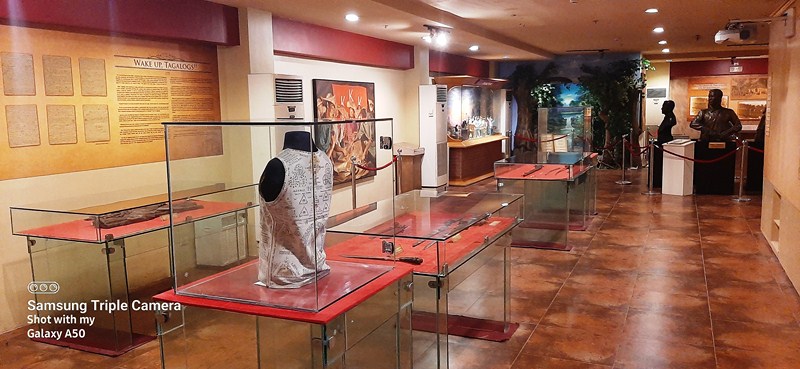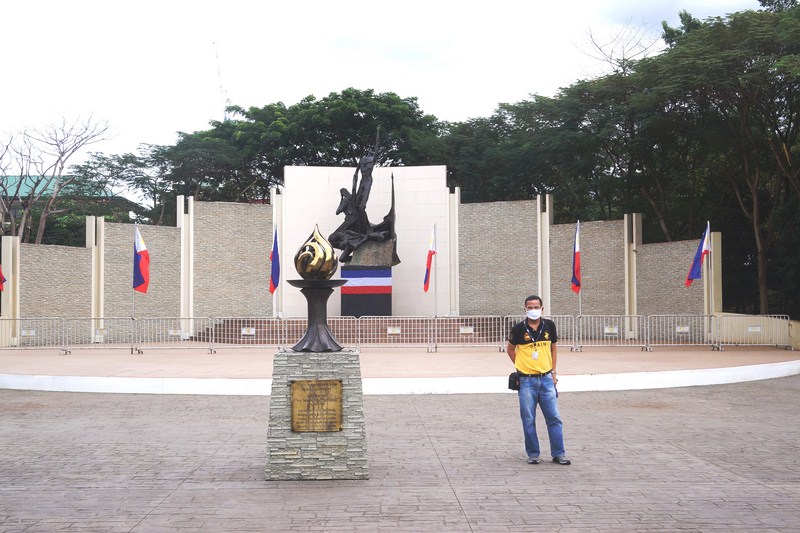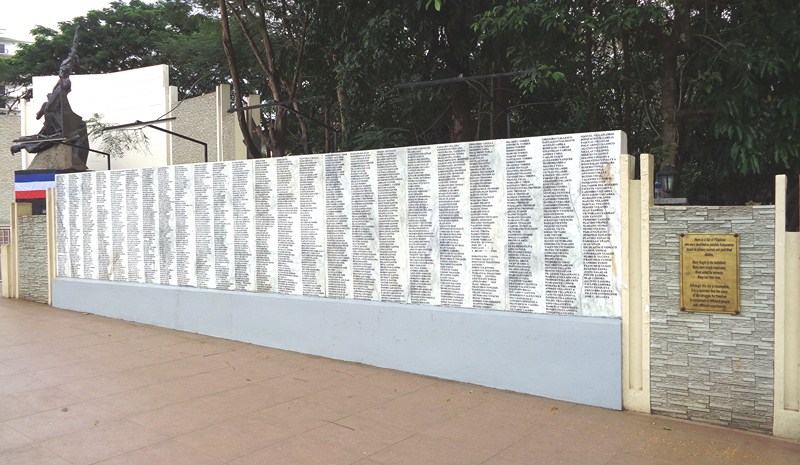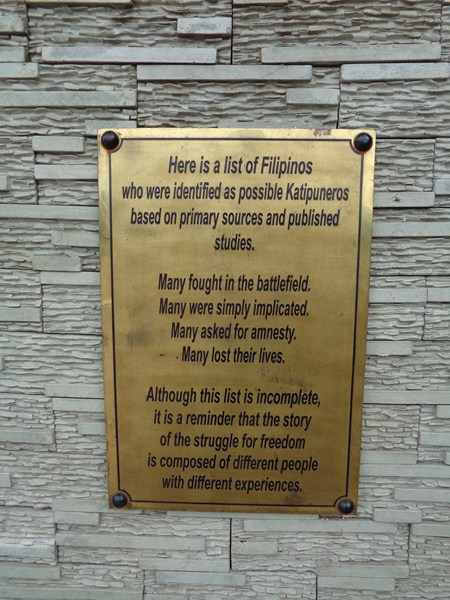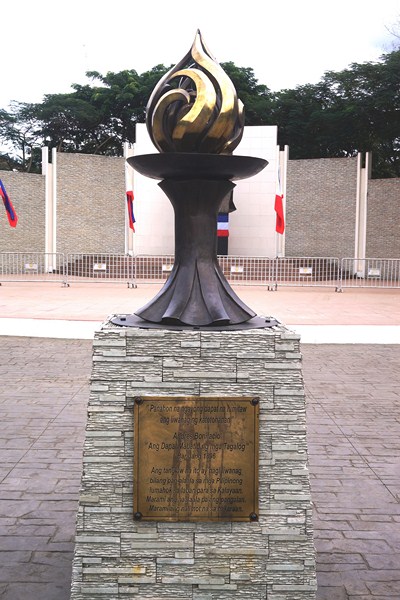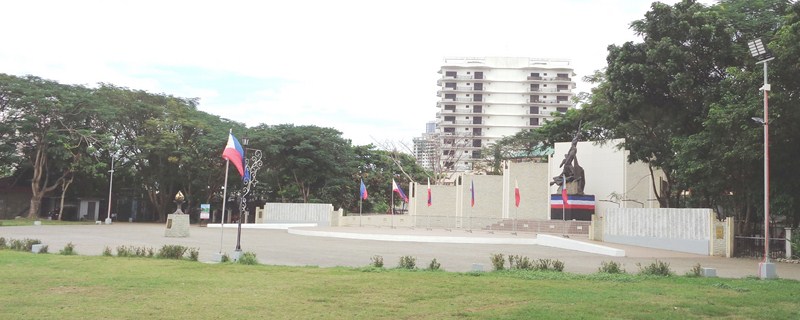St. John the Baptist Church (Filipino: Parokya ng San Juan Bautista), also known colloquially as the “Pinaglabanan Church,” is located several meters from the Pinaglabanan Shrine.
Check out “Pinaglabanan Memorial Shrine”
The first church was constructed, under the supervision of architect Luis Arellano and the financial support of Mariano Artiaga. A Franciscan, Fr. Roman Pérez, OFM, a year after the parish was established on July 15, 1894. Fr. Perez served as the first parish priest from 1894 until 1897.
On August 30, 1896, the Battle of San Juan del Monte between Filipino and Spanish troops occurred on the tract of land fronting the newly built church. Damaged during the Philippine Revolution, Ramón J. Fernández spearheaded repairs to the church.
In 1951, when Fr. Hernando Antiporda (who later became Auxiliary Bishop of Manila) was parish priest, the church was renovated and expanded under the supervision of architect Otilio A. Arellano (grandson of Luis Arellano, the original architect) who notably preserved the original façade and nave of the structure. The church acquired two additional front doors with the expansion.
In 1975, Msgr. Severino Casas built two mortuary chapels in the church compound. In 1983, the nave was lengthened, the choir loft above the main door was removed and a crucifix above a new altar was installed. The retablo (reredos) was preserved and the antique, centuries-old image of St. John the Baptist (previously at the top-center of the retablo) was moved to the St. Joseph Chapel.
In 1987, a rectory, social hall, and crypt were built on the location of the Our Lady of Lourdes grotto (built in 1955) and, a year later, a Perpetual Adoration Chapel was built (only to be demolished to make way for the Holy Child Parochial School, now the St. John the Baptist Catholic School). In 2009, a smaller, air-conditioned Adoration Chapel, at the ground floor of the school near the church’s southern entrance, was finished.
The St. John the Baptist Church was declared as a historical landmark through San Juan Municipal Council Resolution, Ordinance No. 63 Series of 1989.
On May 15, 1994 (Feast of the Ascension), Jaime Cardinal Sin, Archbishop of Manila, blessed and inaugurated the new San Juan Centennial Belfry, built to commemorate the church’s hundredth anniversary. Designed by Architects Renato Berroya and Arsenio Topacio, the belfry matches the façade and houses the church bell that dates to 1896.
AUTHOR’S NOTES
The church’s single level Romanesque Revival façade has a semicircular arch main entrance in receding planes. It is flanked by semicircular arch niches with statues of St. Peter and St. Paul. The triangular pediment, with its oculus, is topped by a small decorative cupola. The left and right wings, with their square doors, were added during the 1951 expansion.
Church of St. John the Baptist: 140 Pinaglabanan cor. Mons Alvarez Sts., Brgy. Pedro Cruz, San Juan, Metro Manila. Tel: (02) 8725-7731.

